How financial advisors (and their clients) can make the move with confidence.
Time to talk about the elephant in the room: client attrition during an RIA custodian transition. Even if a new custodial service platform could be the right fit for an RIA, the potential negative impact of that transition can be enough to push off a move.
In fact, a recent report from Cerulli Associates found that, on average, advisors lose 19% of client assets when changing custodians.1 For some advisors, that attrition is deliberate. However, for a growing registered investment advisor, minimizing the loss of assets under management is critical to a successful transition.
Looking Beyond the Stats.
While 19% client asset attrition could seem high, it’s not indicative of every RIA’s transition experience. In our opinion, the stat leaves some big unanswered questions about these surveyed advisors:
- Did these advisors take the time to find the right provider for their business?
- Did they effectively communicate the move to their clients?
- How strong were their client relationships?
- How were they growing their business and supporting their existing relationships?
- Did the advisor leave a troublesome client behind on purpose?
TradePMR’s Senior Transitions Consultant, Kelby Bryant, points to two key factors she feels influence client retention during an RIA custodian move: the strength of advisor-client relationships; and how advisors communicate with clients before, during, and after the transition.
“In my experience, the smoothest transitions are conducted when the entire firm is organized and all speaking to the same talking points about the transition,” continued Bryant. “Where we often see firms trip up is when they either under-communicate or over-complicate the communication about the transition.”
Evaluating the Strength of Existing Relationships.
Drivers don’t care about the brand of the wrench, so long as the mechanic can fix the car.
“Switching custodial service providers or technology is just that – a switch in providers,” continued Bryant. “Clients maintain relationships with their advisor, not with the advisor’s provider. These clients care about achieving their financial goals and having a trusted resource to connect with on their future. If the advisor makes a change to their RIA trading or custodian platforms to help improve that service, that should be a plus.”
Before embarking on a custodian transition, advisors should take stock of their client relationships. If there are any relationships that the advisor feels they could be at risk of losing if they make a custodian transition, that could be indicative of a larger problem.
Relationships that could be at risk of ending because of a vendor change need some extra attention – regardless of if the advisor goes through the transition. A client that could leave during a transition is a client that could leave without a transition. Advisors should be sure to invest the time with these individuals to ensure their needs are being met, and their concerns are being addressed.
If these clients receive the care and high level of service that they no doubt demand, a change in providers should be a non-issue.
Explain the Move, and How it Will Benefit the Client.
If advisors are confident in the strength of their client relationships, the next step is properly communicating the custodian transition. These conversations may be daunting, but they don’t have to be difficult.
In our experience, advisors should consider employing these four tactics:
- Lay the Foundation - Advisors should start these client conversations by outlining what they want to gain by making this move. Focus on the types of services available with the new RIA custodian platform and how those expanded offerings could benefit the client.
- Manage Expectations - Let the client know there will be a transition period but reassure them that they should not see a dip in service. Advisors can be upfront that their clients will have to sign new forms and share some personal information, but beyond that, the impact should be minimal.
- Explain, but Don’t Overexplain - Clients work with RIAs for the advisors, not for their technology and service providers. Clients don't need to know all of the operational nuances of the decision to transition; they need to know a move is happening and how it will benefit their relationship with the firm.
- Provide Clarity on the Process and Timeline - Offer a quick step-by-step guide of what they can expect at a 10,000-foot-view. Knowing what lies ahead can keep clients calm, unfazed by the changes, and excited about the future.
With a strong focus on transparent and consistent communication, clients can be reassured that the advisor’s move will actually benefit their relationship, not harm it.
Stuck with an Underperforming Provider? That’s a Business Risk.
Sticking with a provider does not mean an RIA is immune to client attrition – in fact, quite the opposite.
Poor service from a custodian impacts RIA clients. If an advisor is wasting their time waiting months for a simple update, or getting stuck waiting on a long hold queue, they have less time to spend serving their clients. Further, those long waits can reflect poorly on that RIA’s business.
Advisors experiencing a custodial merger or dipping service levels from a custodian are potentially putting their business in danger. If a client is consistently experiencing delays in updates because of issues with a RIA’s custodian, a custodial transition could be a welcome change.
Ready to Make the Leap?
RIAs considering a custodian change shouldn’t hold off because of fear of attrition. Instead, they should tackle that fear head-on by evaluating the strength of existing relationships and approaching the transition with a specific focus on client communication.
Interested in learning how TradePMR works to streamline RIA custodian transitions? Sign up for a demo of TradePMR’s Fusion platform. The TradePMR team can discuss the firm’s technology and the hands-on role that the firm’s Transitions team takes in moving advisors’ businesses to the TradePMR platform.
1 Press Release - For Advisors, the Costs of Switching May Outweigh the Benefits. Cerulli Associates. Published April 1, 2021.







